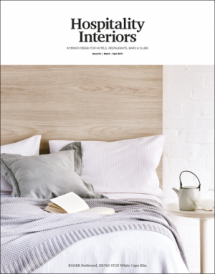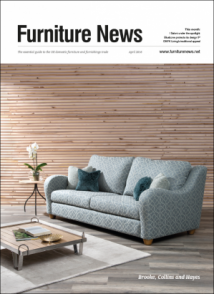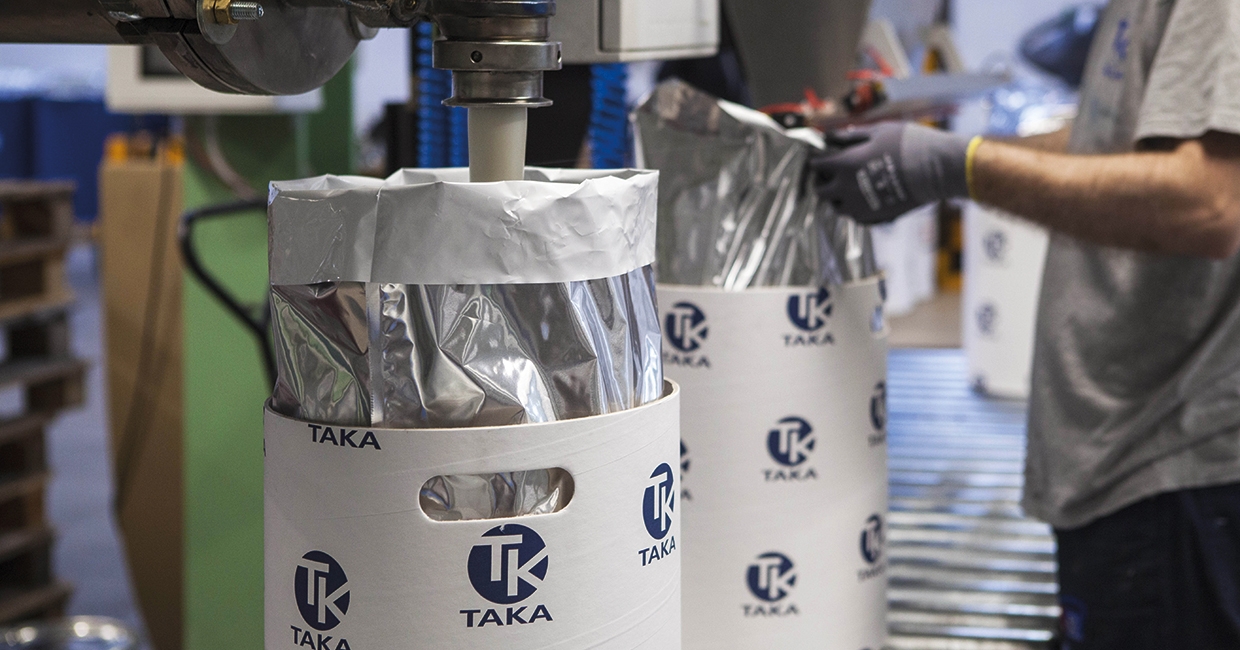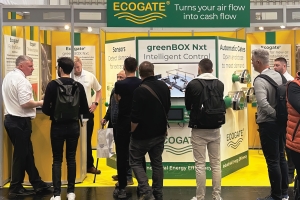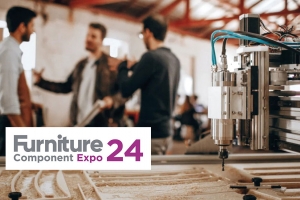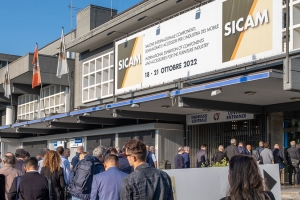To manufacture a profile or panel nowadays is quite easy as the technology of foils and machines has remarkable evolved in the last years.What remains crucial is the choice of hot melt adhesive: physical bonding (polyolefin or EVA)(Thermoplastic) or physical + chemical bonding (HMPUR)?(Theromset)
Anthony Rook from Brit-Ad, provides an explanation: “All materials have different characteristics,” he says. “Polyolefin (PO) is an adhesive where bonding only takes place physically (melting of the glue, application and bonding by cooling) and then heating the profile, the glue activates again (Thermoplastic).
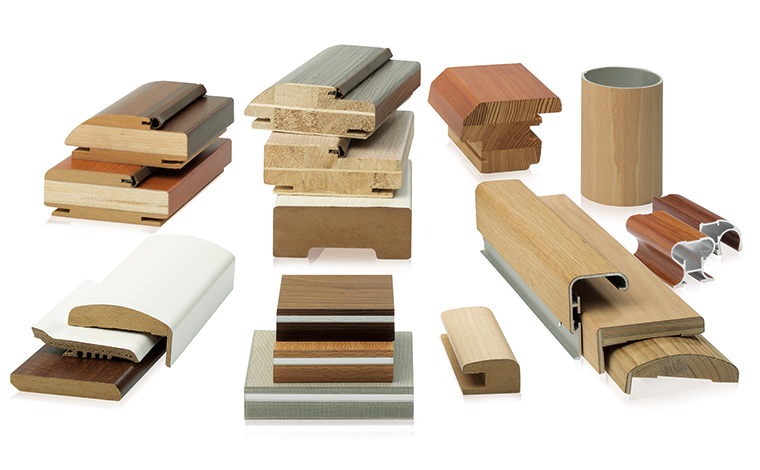
“Hot melt polyurethane adhesive (HMPUR), on the other hand, bonds by two steps: the first is physical (melting of the adhesive, application and the adhesion occurs by the reduction of temperature) and then the second phase begins after processing, where the chemical cross-linking between the materials and the adhesive takes place. (Theromset) This chemical reaction will give the laminated profile a very high level of water and temperature resistance,” says Anthony.
“These two aspects are essential for materials intended for the production of kitchen and bathroom furniture but are also very important for transportation in containers where high temperatures of above 70°C and humidity can be reached. Another advantage of HMPUR over PO is the wide range of foils and substrate materials that can be processed.
“HMPUR adhesives are also preferable in terms of sustainability and energy savings as they are used at low temperatures (110-140°C) compared to PO which has to be applied at 160-200°C so certain raw materials can burn quickly causing blockages in the application systems, In addition, the application coat weights of HMPUR are 30-50% lower than the coat weights of PO.
“In the field of interior doors” says Anthony, “HMPUR adhesives have also made it possible to qualitatively raise the strength of jambs and architraves
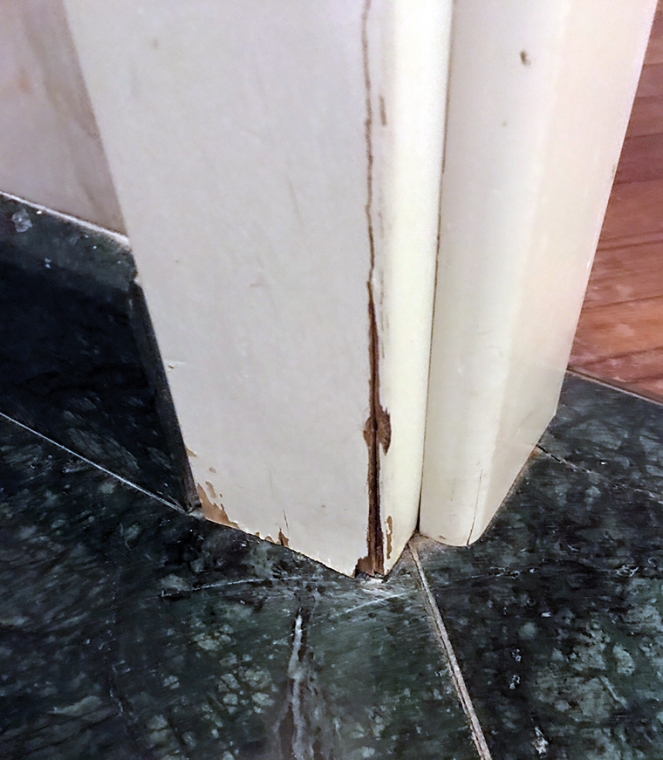
The photograph shows an example of a door jamb glued with PO adhesives. The use of HMPUR adhesives avoids the obvious deterioration of the final product.
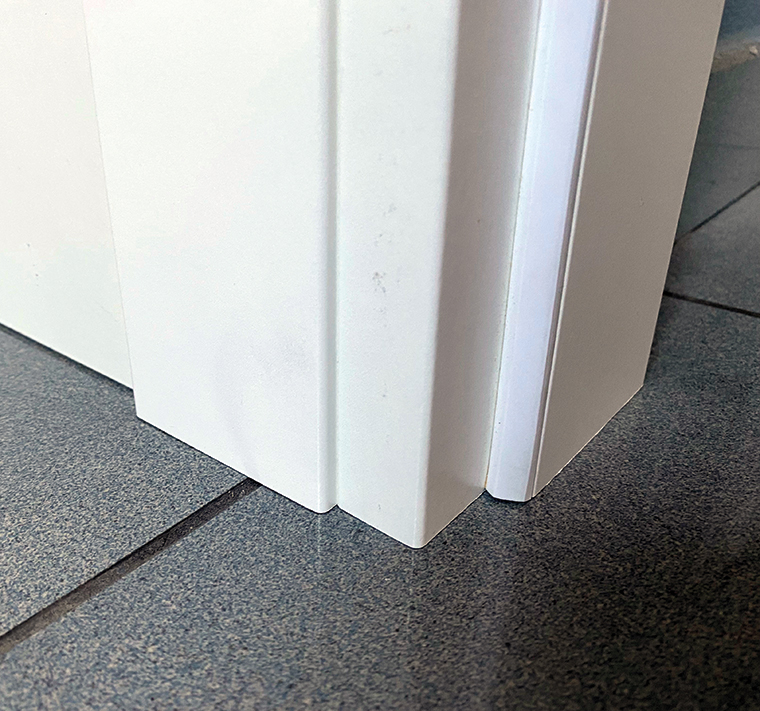
Today, thanks to the new generation of equipment – melters and glue heads etc – which have been developed to use any kind of adhesive, hot melt polyurethane glue is still the most versatile adhesive,” concludes Anthony.
Among the wide range of WPR-TAKA HMPUR adhesives developed for specific application needs the most used ones are:
- 2308.28P – this adhesive is for the lamination of profiles and panels, especially when high glossy surfaces are required. This glue has excellent wettability, long open time, suitable for various foil types and features a good initial bond strength
- 2308.25P – this has been developed for the wrapping of MDF, chipboard and wood. The 2308.25P has a good open time, excellent bond strength and it is ideal for complex geometries and high working speeds.
Reader who wish find out more about the WPR-TAKA’s HMPUR adhesives, or further information on other applications, contact Anthony Rook at Brit-Ad.
07484 341294
arook.ba@gmail.com
www.britishadhesives.co.uk
